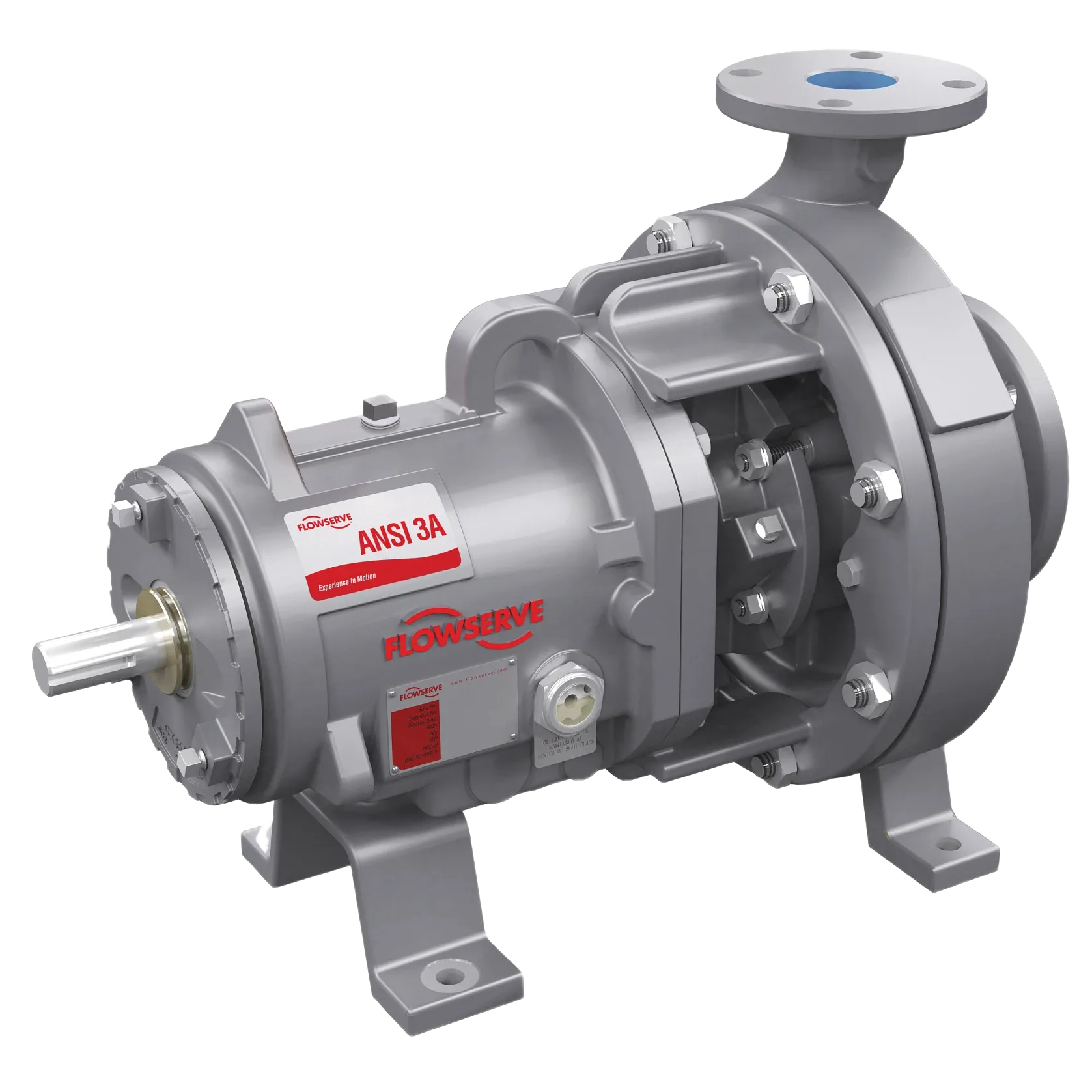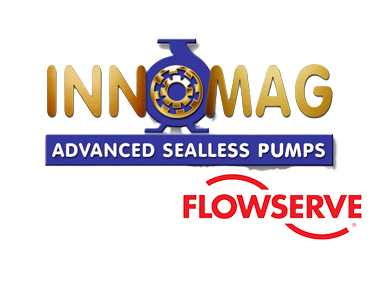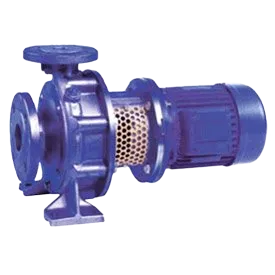Centrifugal Pump
- View All
- Actuation
- Chillers
- Heat Exchangers
- Instrumentation & Control
- Mechanical Seal
- Mixing Technology
- Other
- Process Equipment
- Pumps
- Sight Glasses
- Software
- Steam Systems
- Tank & Pipeline Ancillaries
- Tank Venting
- Valves
Product categories
-
PumpsFlowserve
SIHI SuperNova Pump ZLI
-
PumpsFlowserve
SIHI SuperNova Pump ZLK
-
PumpsFlowserve
SIHI SuperNova Pump ZLN
-
PumpsFlowserve
MEN Stainless Steel Version
-
PumpsFlowserve
MENBLOC Close Coupled Water Pump
-
PumpsFlowserve
MEN Single Stage, End Suction, Water Pump
-
PumpsFlowserve
LNN Between Bearing, Axially Split, Single Stage Pump
-
PumpsFlowserve
CPXV Heavy Duty – Vertical Sump Pump
-
PumpsFlowserve
Mark 3 Lo-Flo, ANSI Standard Pump
-
PumpsFlowserve
Mark 3 Unitized Self Priming Pump
-
PumpsFlowserve
Mark 3 In-Line ANSI Standard, Overhung Pump
-
PumpsFlowserve
Durco Mark 3 Pump – ANSI/ASME standard
The Science of Centrifugal Pumps
A centrifugal pump is a device which uses a rotating force to move liquid using impellers. It works by using kinetic energy to force fluid movement from one location to another.
These pumps may be installed in a hydraulic pump system with a concrete flow (Q) and a concrete pressure/ Head (H). It is also known as a kinetic or rotodynamic machine which creates a difference in pressure and converts mechanical energy into hydraulic energy through a centrifugal force.
Centrifugal pumps can move a variety of fluids such as water, chemical & oil amongst many more.

What are the parts of a Centrifugal Pump?
This pump is primarily made up of an outer Pump casing or housing, Impeller, Mechanical Seals, Pump Shaft & Bearings and Motor.
The pump casing is the major stationary component of the pump and provides two major functions:
- Converts velocity head from the impeller into pressure head, and guides the flow to the discharge connection.
- Serves as the pressure boundary for the liquid pumped.
The impeller is the rotating component of a pump, usually made of iron, steel, aluminium or plastic, which transfers energy from the motor that drives the pump to the fluid being pumped by forcing the fluid outwards from the centre of rotation.
Impeller designs are grouped as either radial flow, mixed flow, or axial flow depending on their hydraulic geometry.
Pumps are fitted with some kind of sealing device to ensure a proper seal at the area where the pump shaft enters the pump casing.

Centrifugal Pumps – How Do They Work?
The liquid enters the pump at the suction flange. At this point, the liquid velocity is essentially the same as in the pipe leading to the pump.
The liquid flows into the eye of the impeller.
The impeller vanes pick up the liquid at the impeller eye. The impeller vanes accelerate and diffuse the flow, adding velocity, and developing pressure. The liquid velocity at the impeller exit is greater than that at the impeller inlet.
The casing guides the liquid to the discharge neck where the casing cutwater splits the flow, the other portion directed to the pump discharge. At this point, some of the velocity energy is converted to pressure energy by slowing the liquid from the casing velocity to the discharge pipe velocity.
What are the types of a Centrifugal Pump?
Flexachem supply a variety of Centrifugal Pump types;
- End Suction pump is where the suction is axial and the discharge is at 90 degrees to the suction. ANSI (ASME) or ISO Centrifugal Pumps.
- Centrifugal Water pump is an Industrial Water Pump and is used for the transportation of drinking water, cooling water, hot water and dirty water i.e sewage.
- Heat Transfer pump conveys hot or cold fluids for heating or cooling purposes. A Heat Transfer Fluid Pump circulates thermal oil and are generally used up to 300°C as vapour pressure are only a few bars.
- Hygienic Centrifugal Pump maintains the purity of the product without risk of contamination. This type of pump is easy to clean, has a smooth internal finish to discourage bacterial growth & does not contribute any impurities into the process.
We can also service and replace parts for the old CPX family of Flowserve Pumps – just ask us!
What are the factors considered for a good pump selection?
Firstly, you need to select a pump type most appropriate for the application, for example, Centrifugal or Positive displacement pump. Assuming you have identified that centrifugal is the most suitable, how do you select a model to deliver the required performance?
Every engineer must fully understand and determine what are the basic criteria of the application in question.
Such as the flow rate, the total dynamic head or pressure required, the specific gravity (or density) of the fluid, other properties i.e. viscosity, corrosive or aerated, the suction conditions i.e. lift or low NPSH available (NPSH is the net pressure suction head needed to avoid damaging cavitation), the nature & size of any solids present and finally the single or multiple duty point (dynamic system)
Once we know this data, we then need to consider whether a safety margin been added to the calculated system pressure drop?
As the pressure drop is based on a calculation using a software, it is, in reality, only a ‘best guess’. Therefore, a safety margin should be added so that the pump is guaranteed to give the desired flow rate.
This is where care needs to be exercised. If too much of a margin is added, the pump will always try to find the intersection of the system curve (pressure drop vs. flow), even if this is detrimental to the efficiency and reliability of the pump.
See diagrams below of a good centrifugal pump selection vs a poor pump selection to fully illustrate this point:

Do you have questions or comments about receiving a quote, our products, solutions and services, and support? Contact us by filling out the form.
- Andrew Bishop - tel: 083 089 1204
- Phil Soltan (External) – mob: 086 185 3782
- Adrian McSweeney – tel: 021 461 7212
- Paul-Fox Morris – tel: 021 461 7231
- Una Long (Pump & Service Support) – tel: 021 431 7200
- Tel: 021 461 7200

How we can help you?
Flexachem are the leading distributors for the sizing & design of Flowserve Durco & Inoxpa Sanitary Centrifugal Pumps in Ireland. We offer a range of Centrifugal Pumps for both the Chemical and Process Industries.
We firmly believe if mechanical equipment components are correctly sized and maintained from the onset, the operation will be both efficient and reliable. And with increasing emphasis and demands being placed on the design, efficiency and maintenance of Pumps within your fluid handling systems; our highly trained Pump Specialists & Service Engineers are here to assist you!
We provide localised technical support & on-site service engineering to support the operational needs of our clients. We also hold a heavily stocked inventory to help take the pressure off you in the event of unexpected emergencies.
We offer additional Services to help you
We also offer Pump Health Checks such as Pump Laser alignment and Condition Monitoring; these services includes vibration analysis, cavitation checks, bearing conditions, temperature and speed measurements with detailed reports of findings and recommendations.
Flexachem has a well run Service Centre where we have a Centrifugal Pump Repair Facility for ISO/ANSI (ASME) Pump repairs. Our factory trained service engineers are always at hand to help.







































